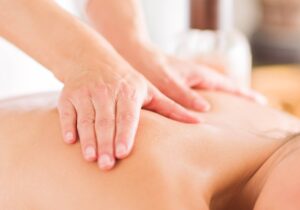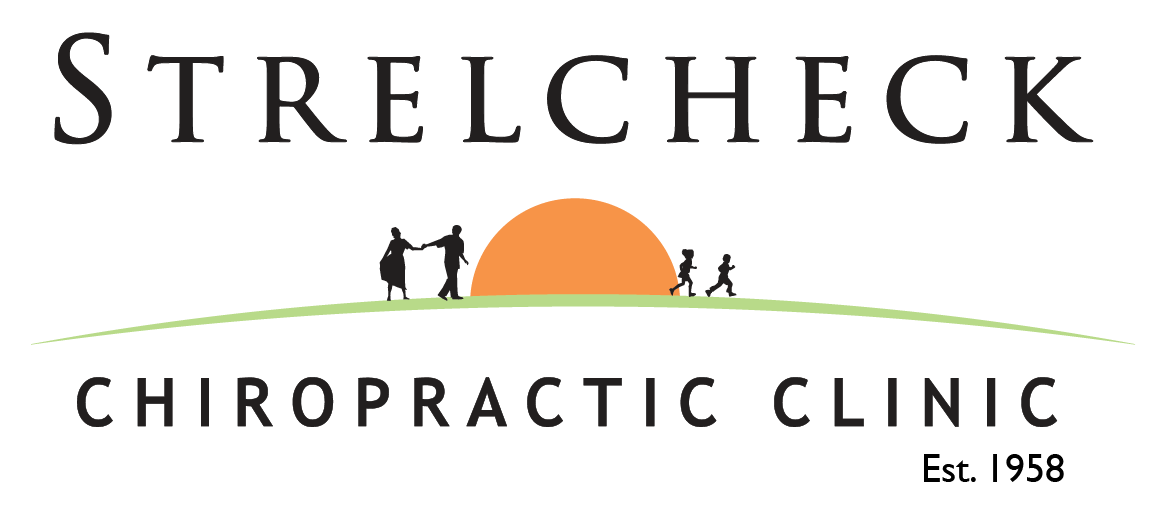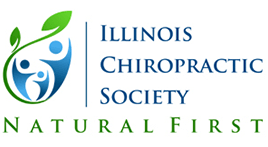
Massage and Depression
Massage is one of the oldest healing techniques used to help us overcome psychological and physical health problems. One of these problems is depression. Millions of people worldwide suffer day-to-day with depression. Often it is linked to a situation such as losing a job or a major trauma in one’s life. In these cases, a massage therapist can use techniques to help this person overcome this overwhelming feeling of sadness. Techniques include working with the abdominal muscles as well as those in the head and neck. Many people with this disease find that their body structure is actually collapsed due to the depression. It begins with the abdominal muscles, where the organs that store the cells that fight for the immune system are stored beneath. Because the body is in such a collapsed state, a depressed person runs the risk of acquiring illness or disease as their immune system is not working properly. Many people with depression find themselves in pain much of the time. Some may often believe that the pain is all in their head and there may be nothing actually physically wrong with them. But many will complain of stomach or back pain. A massage therapist can help a person with chronic depression alleviate some of the pain that they feel that is most likely due to the collapse of their abdominal muscles and skeletal system due to the depression. While a massage therapist cannot cure a patient of depression, they can certainly treat a patient with depression and help them with painful symptoms of this disease. Source: ezinearticles.com







